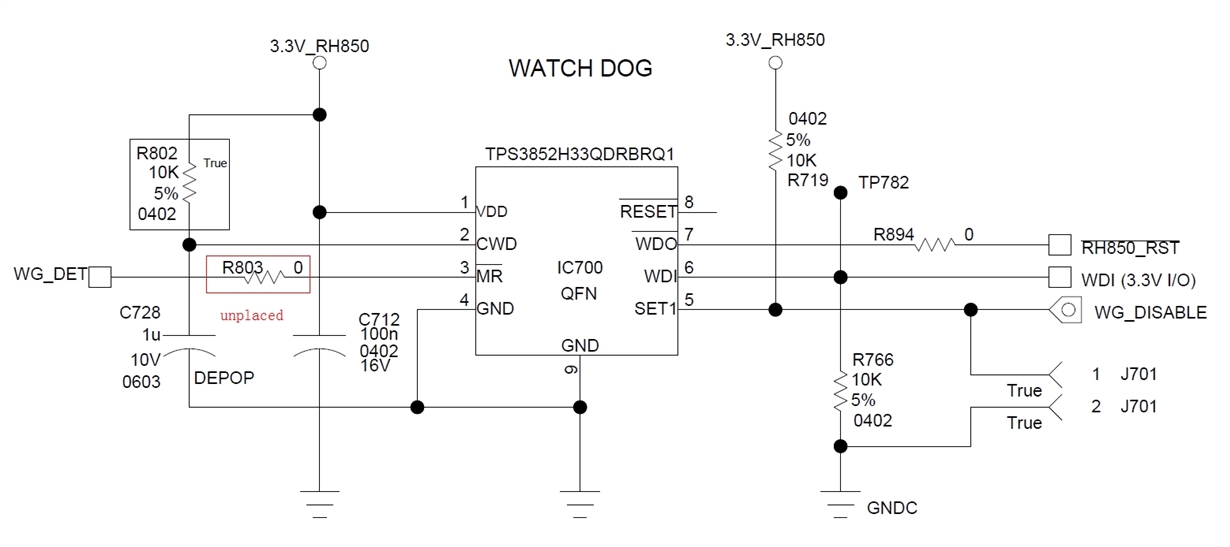Other Parts Discussed in Thread: TPS3851
The datasheet of TPS3852 says that MR is pulled up to VDD (we use 3.3V). But when I measure the voltage on MR with an oscilloscope voltmeter with 10MΩ input resistance, it is only 1.2V. Why the weak pull up resistance is so large? From 500nA pull up current, I suppose the resistance could not be so large.


